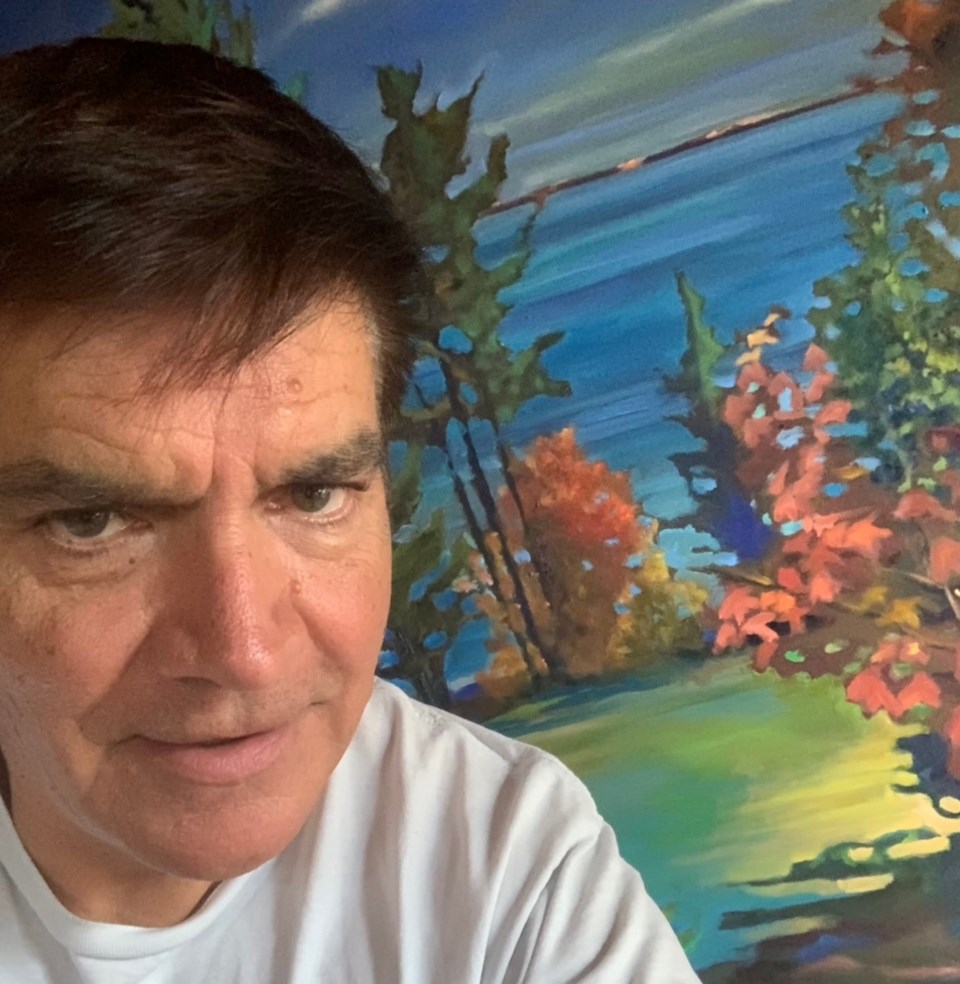It was a rock collection of pyrite or fool’s gold that piqued Hans Matthews’ interest in geology as a child growing up in the Toronto area.
While still in high school in Toronto he published his first scientific paper in the Canadian Journal of Earth Sciences.
“I discovered a 13,000-year-old forest buried north of my house in a gravel pit,” Matthews said. Scientists became excited about the possibility of making other discoveries in that area.
That curiosity turned into a 30-plus year career as a geologist for the member of the Anishinabek Nation. Matthews lives in Wahnapitae First Nation, outside Sudbury.
As president of the Canadian Aboriginal Minerals Association (CAMA), he helps facilitate dialogue and negotiate agreements between mining companies and Indigenous communities across the country.
From high school, Matthews attended postsecondary school in southern Ontario and then took on a number of roles with mining companies.
He was in Arizona working in a senior position when the Oka Crisis made headlines in Canada in 1990. The issue of land title or whether Indigenous groups had prior right to lands was at the heart of the conflict.
“We quite often worked with local tribes in Arizona. To my surprise they held mineral rights and they had the ability to wheel and deal,” he said.
That’s when Matthews first realized the need for facilitators between Indigenous communities and companies wanting to develop or mine land nearby. He canvassed about 300 Indigenous communities on whether they’d like to "know more about the mining industry, how to benefit from it or how to better negotiate with mining companies.”
Their response showed a need for such a go-between. CAMA was formally incorporated in 1992.
“We basically look at ourselves as facilitators; we facilitate dialogue,” Matthews said. “To help the industry educate communities about why, how, when, where, etc., in the mining sector.
For the mining companies, CAMA helps answer cultural questions or issues about community land use.
Matthews said it’s like translating but more for concepts and terms rather than language.
For example, when a community says the land is ceremonial, he would explain to the company what that means. Whereas mining execs may use terms like EBITDA, Matthews would explain to the community this means earnings before interest, taxes, depreciation and amortization.
When CAMA is involved in negotiations between an Indigenous community and a mining company, Matthews said there are usually myths that must be dispelled.
Want to read more stories about business in the North? Subscribe to our newsletter.
Communities may have a negative perception of mining, particularly if they live near abandoned mines or active projects. In the case of a proposed mine, members don't see the benefits, but rather believe there would be negative impacts.
“They don’t necessarily see the positive side of why they should be involved,” Matthews said.
Myths companies may believe are that communities will be combative or will use litigation. CAMA’s work is to help dispel all myths.
Matthews calls the environment “the glue” that holds the relationship together. If the two parties can agree on how the environment should be managed or protected they’re “miles ahead.”
“We view joint environmental management as sort of like the leading edge or focal point that not only gives both parties equal footing to work on, but also is the first major step in promoting dialogue. Once they start talking about something in common then other things will come out.”
Matthews admits that the COVID-19 pandemic slowed the engagement process on mining projects.
“Engagement is best on a personal, face-to-face level," he said. “We didn’t see any value in just having Zoom meetings and conferences all the time.”
But recently there’s been what Matthews calls a “significant trend.”
Many Indigenous communities have become more aware of how to engage and assert what they want to get out of a mining project. They’re getting prepared and pulling together human resource strategies.
Members who may have left for secondary school are returning to form businesses, which help the community meet the commitments the company is proposing.
Communities that may have dealt with one company over the years may have learned what does or doesn’t work. When a new mining project comes along, they’re already prepared with objectives and priorities from the community.
CAMA has been involved with some major mining discoveries like Diavik in Yellowknife, Voisey's Bay in Labrador, and others in British Columbia and Northern Ontario including in Sudbury, Sagamok First Nation, and Wahnapitae First Nation.
When CAMA started in 1992, Matthews said there were about 10 agreements between communities and companies. Now, there are over 500.
His decades-long work to bring mining companies and Indigenous communities together garnered Matthews the Skookum Jim Award from the Prospectors and Developers Association of Canada in 2020.
In his spare time, Matthews is an artist who creates oil paintings, and has even been commissioned by both mining companies and communities to paint landscapes from around their operations or territorial land.




